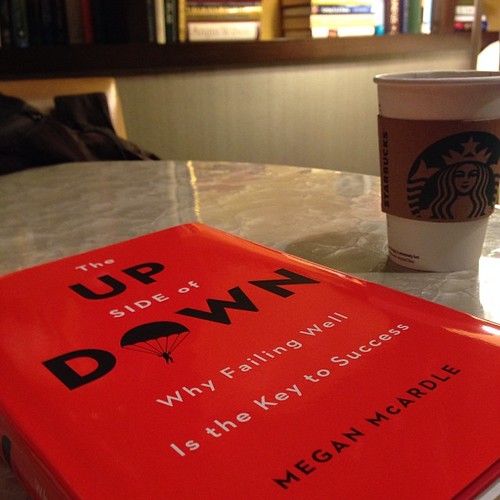This recent post by Vocus – Every Communicator Needs a Real Camera – highlights how important photography is for business. We depend on photos for blogs, web sites, brochures, tweets, Facebook posts and other kinds of marketing collateral.
Photos are a kind of shorthand, selling a product more effectively than a hundred lines of copy. They communicate who you are and what your brand stands for. Photos are essential to sharing your message with the world.
Despite this, photography is an unappreciated medium. Because free photos are widely available on sites like Flickr, and because anyone with an iPhone can take a picture, many organizations pay little money or attention to their photo needs. Yet, a compelling business case can be made for paying for photographers and photography.
A couple of examples:
1. At a company I worked for, the CEO received a major award at a trade show. We wanted to run a story on the web site about it. But the only photo we had was a blurry iPhone shot from fifty feet away. Without a good photo, we couldn’t do the story.
2. I was the photo coordinator for the DC Shorts Film Festival, responsible for managing a volunteer army of photogs who captured images of film screenings, crowded parties, red carpet arrivals and VIP events. This is an awesome event that you should attend. But don’t take my word for it – check out the photos and decide for yourself. In addition to helping attract attendees to the festival, these photos demonstrated to sponsors how their products were being enjoyed, were included in the annual report and were widely shared in social media.
The Vocus article states that communicators need a good camera. But a camera is just a tool. You need someone who knows how to use it. That person is a photographer. Look for one in your organization. Don’t make photography “other duties as assigned” but give them the time, money and equipment they need to tell your organization’s story. Invest in photography the same way you invest in web site hosting, email marketing and social media.
And if you don’t have a photographer, hire one through a group like APADC.
In this digital age, digital photographers are essential. Don’t miss the important moments in your company because no one had a decent camera. Hire a photographer to create images that you’ll use for years to come.


 McArdle’s career illustrates this principle. An MBA who was jobless following 9/11, she (among other activities) started blogging, which led to positions at The Economist, the Atlantic and
McArdle’s career illustrates this principle. An MBA who was jobless following 9/11, she (among other activities) started blogging, which led to positions at The Economist, the Atlantic and 

